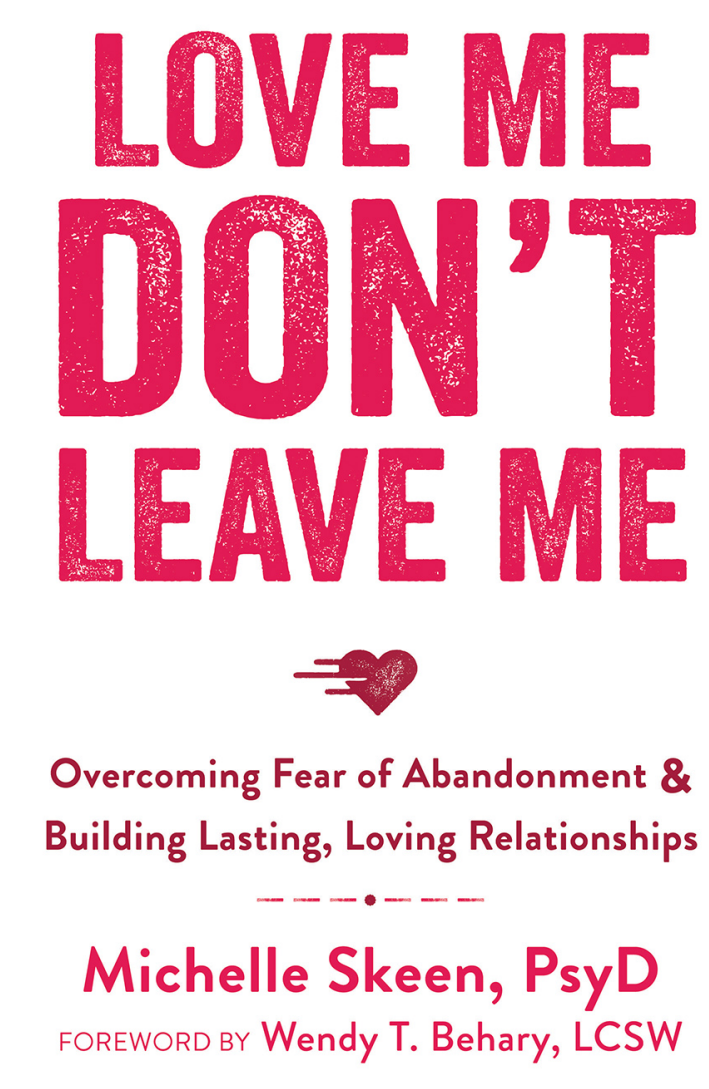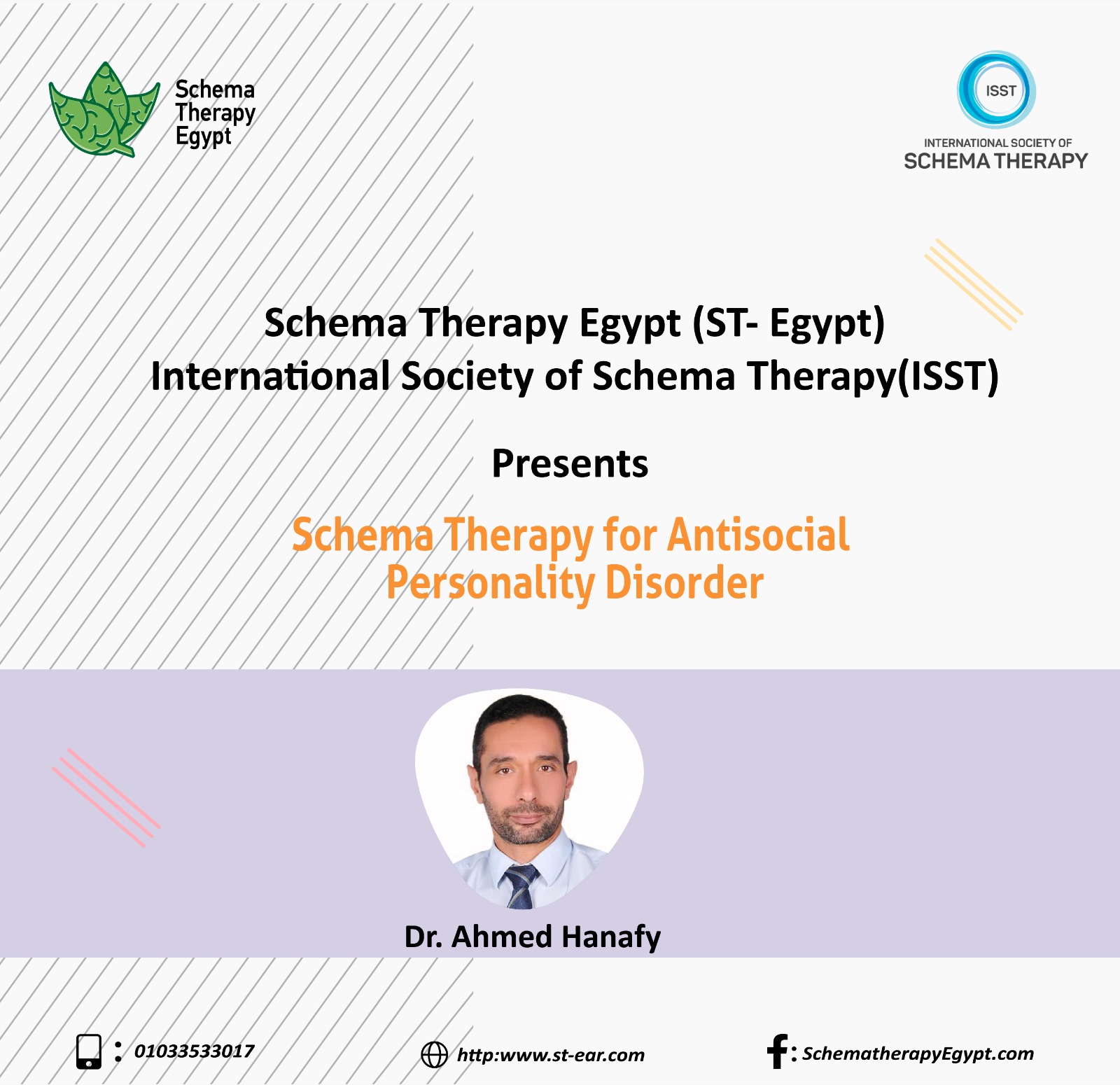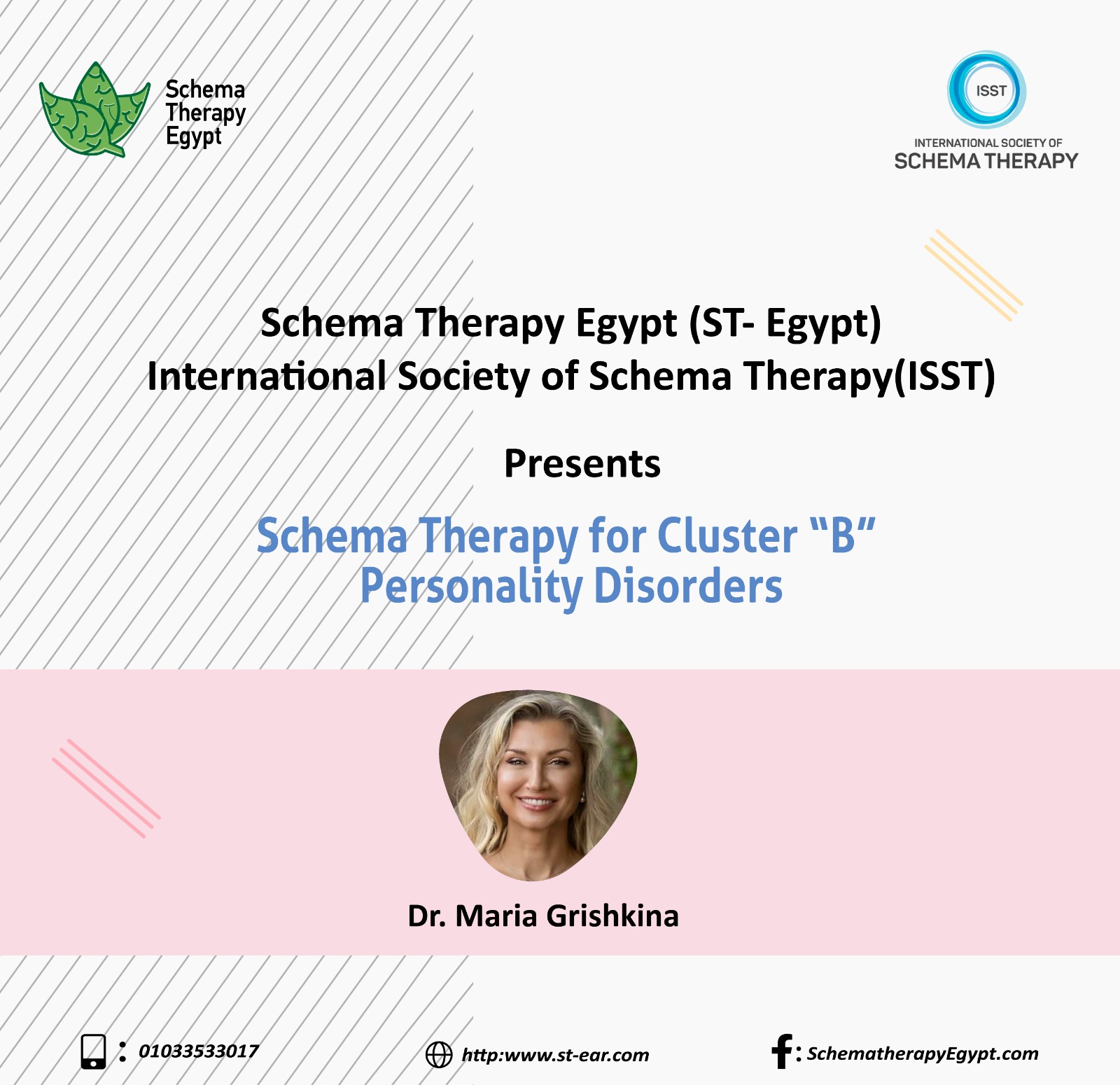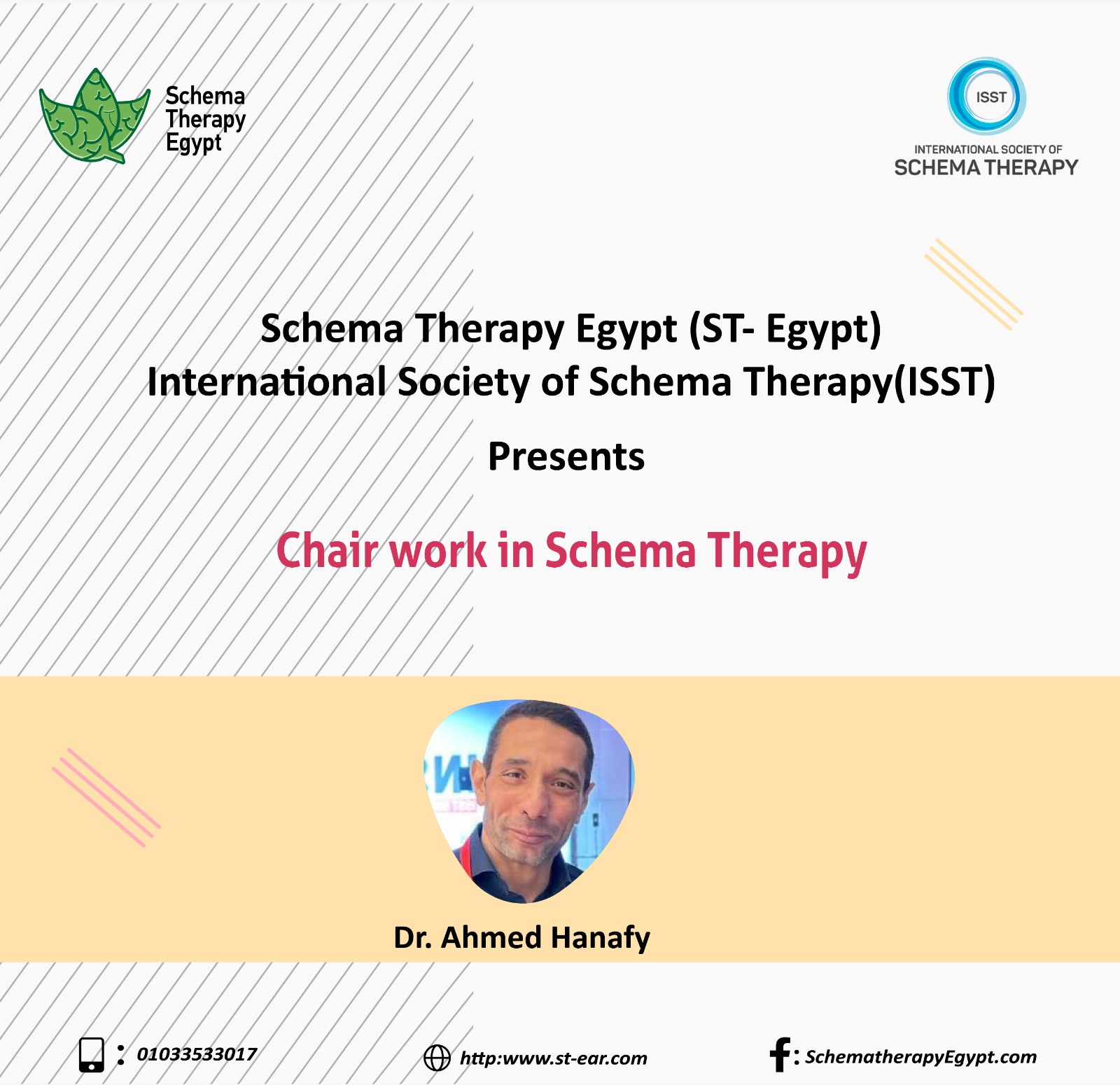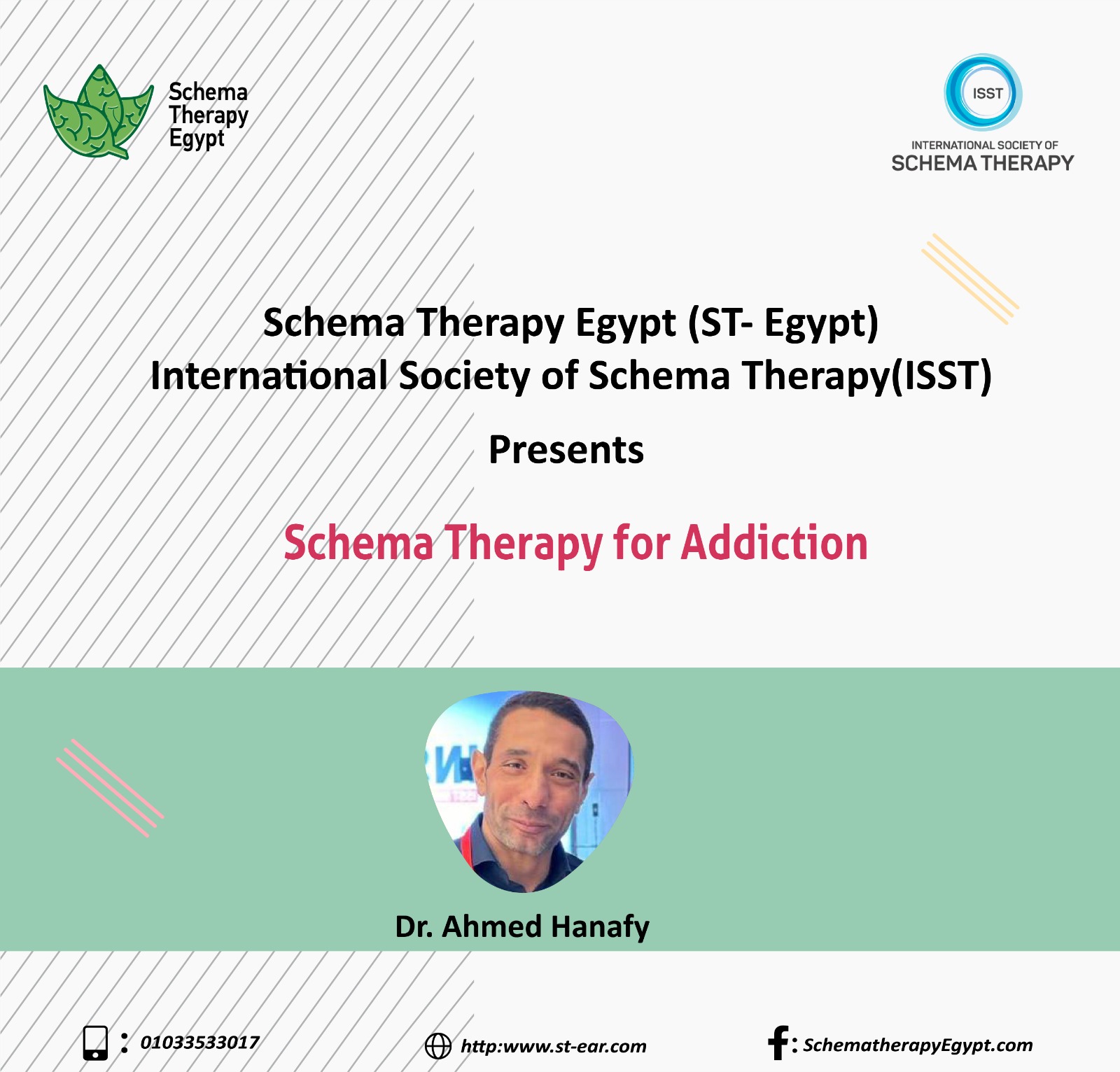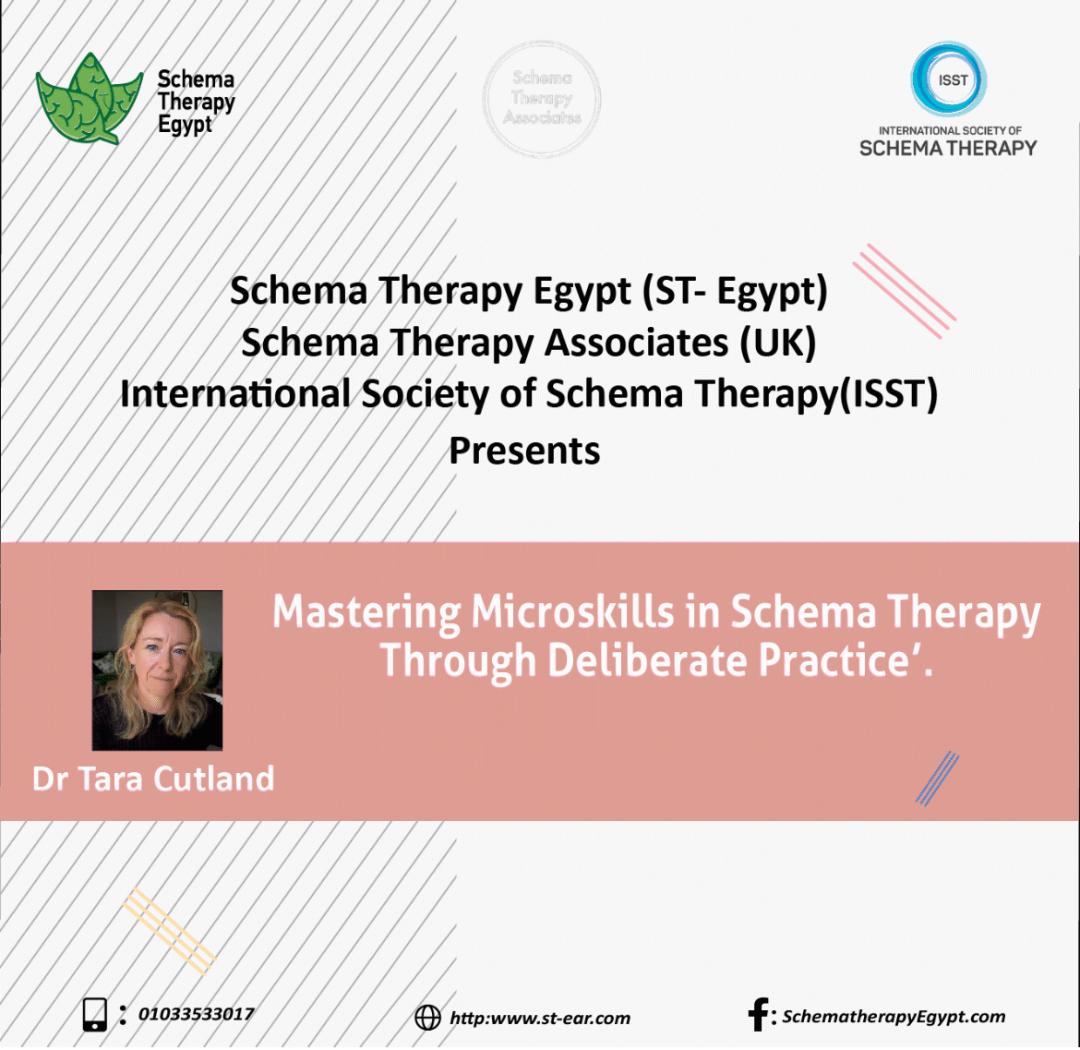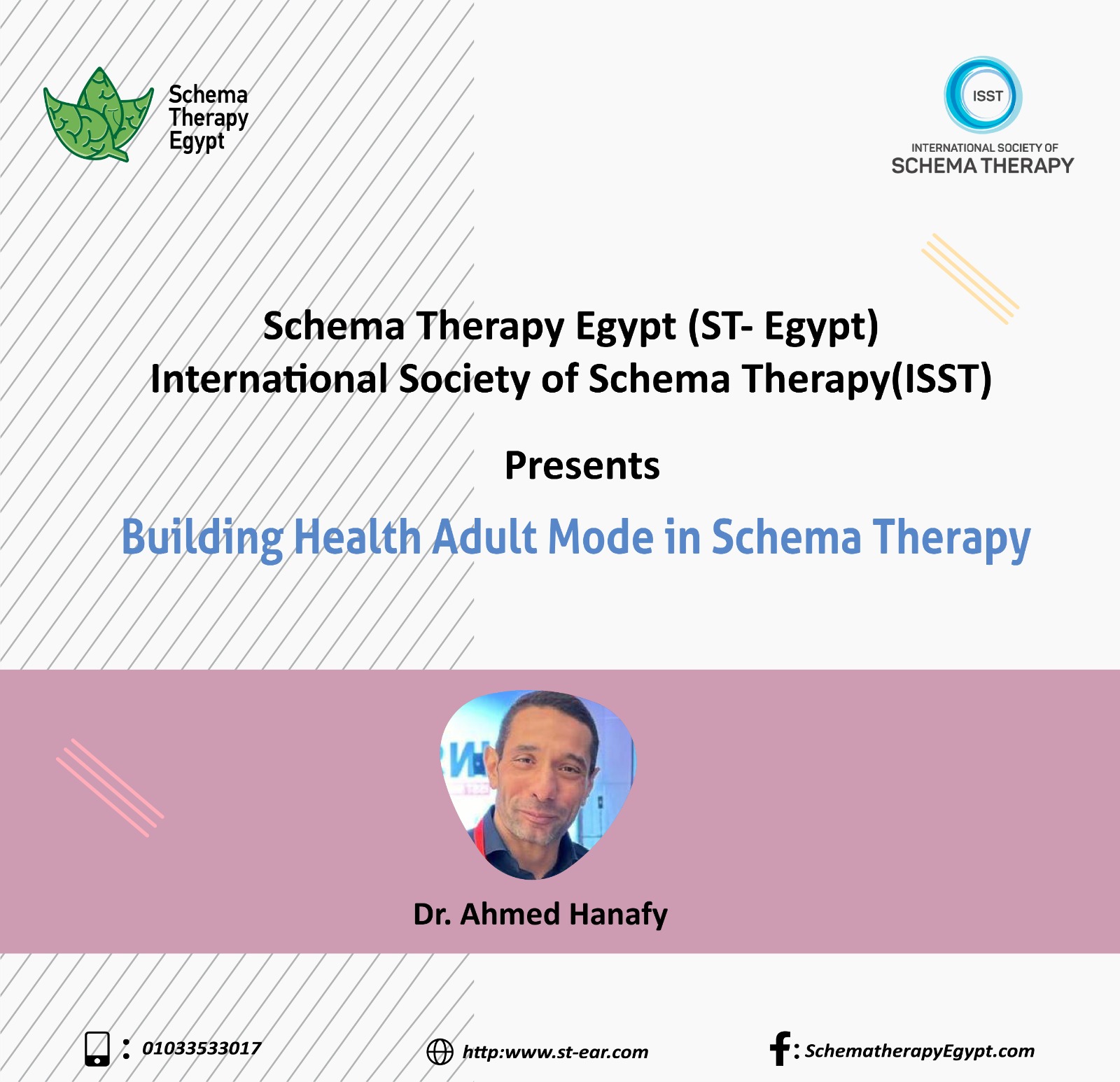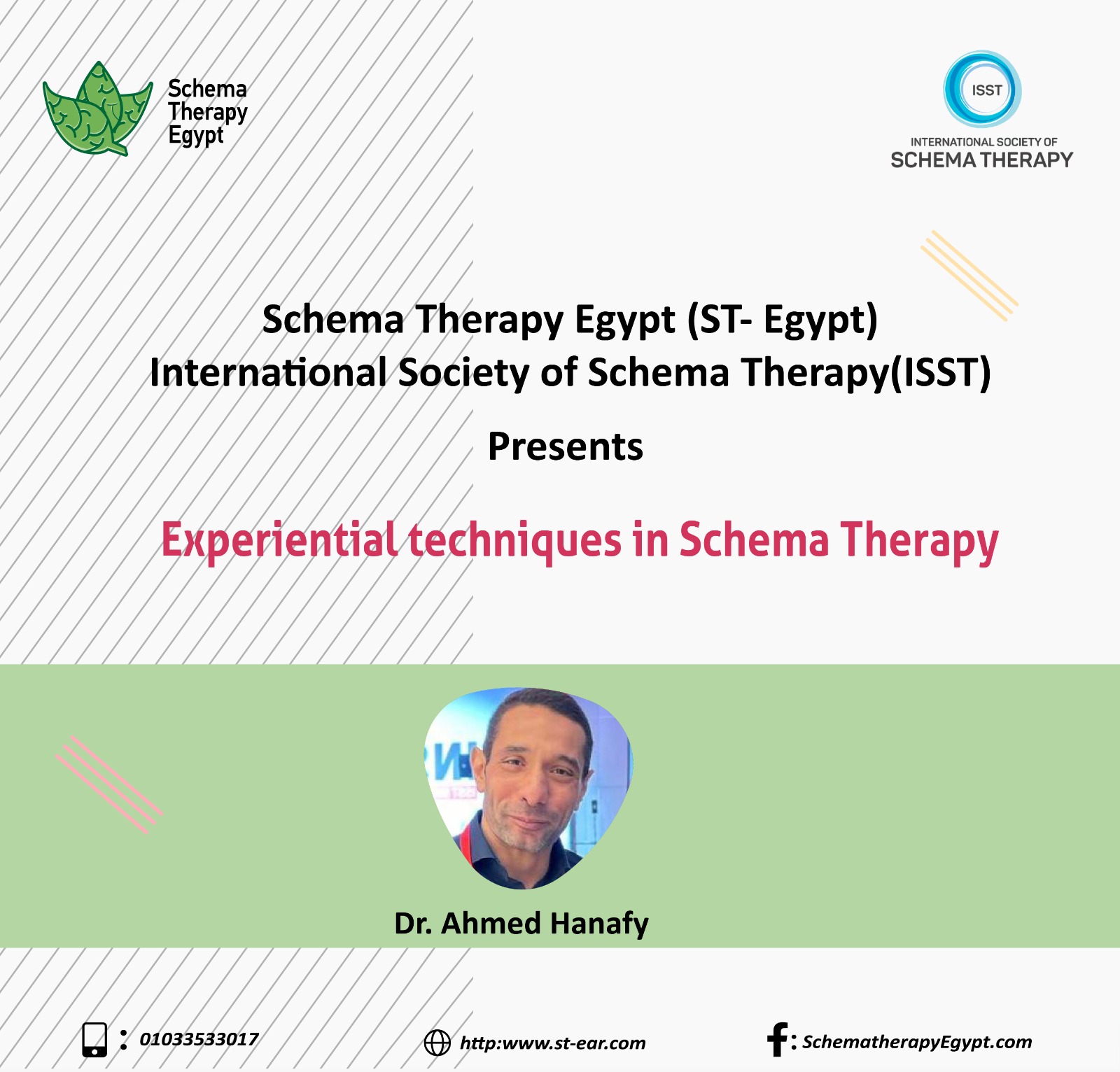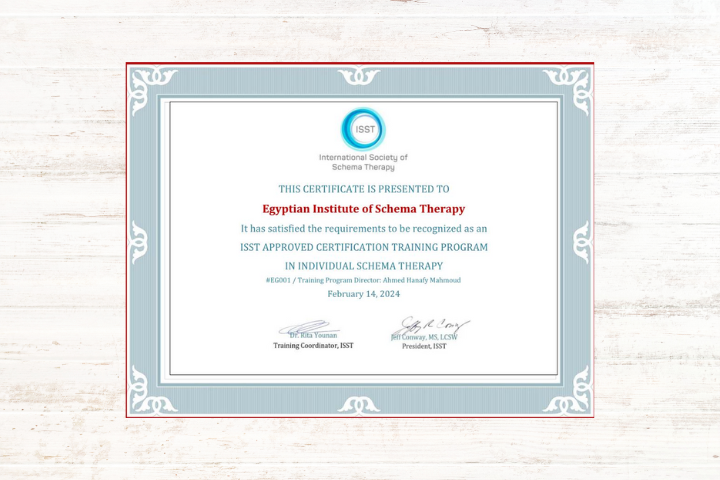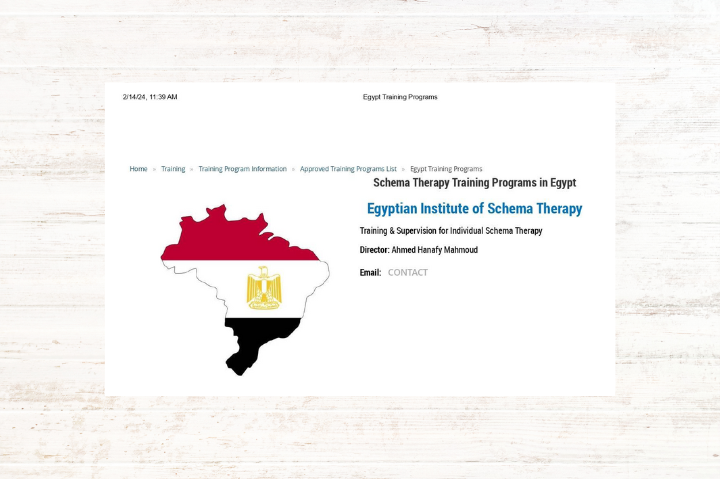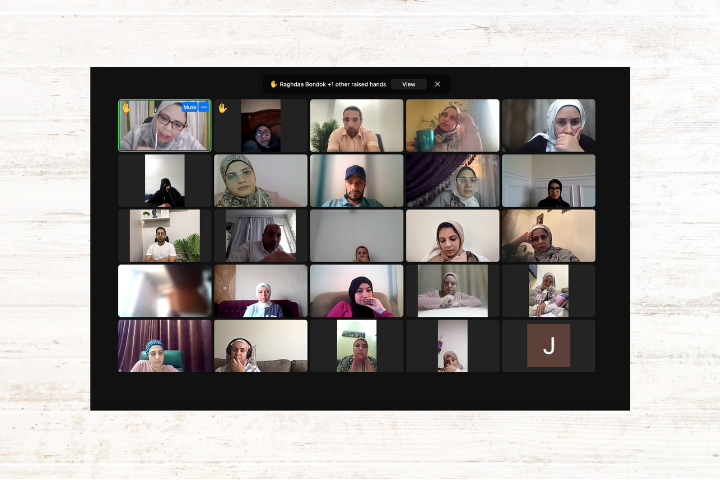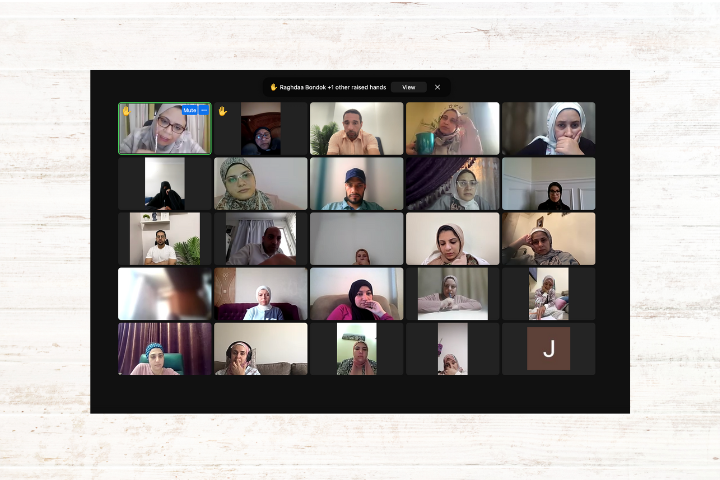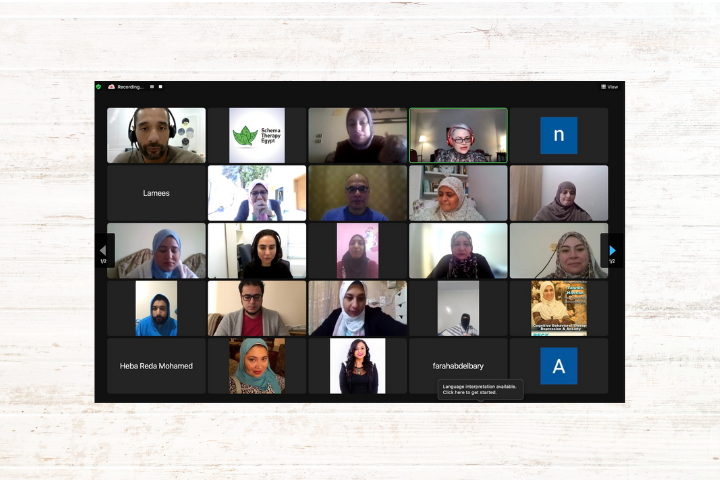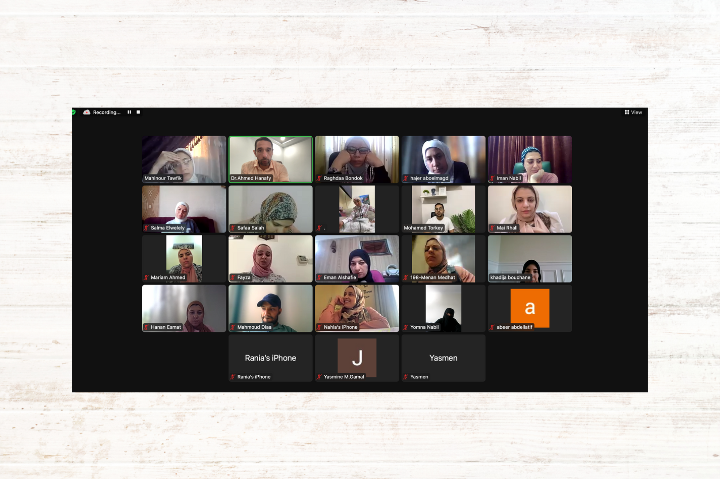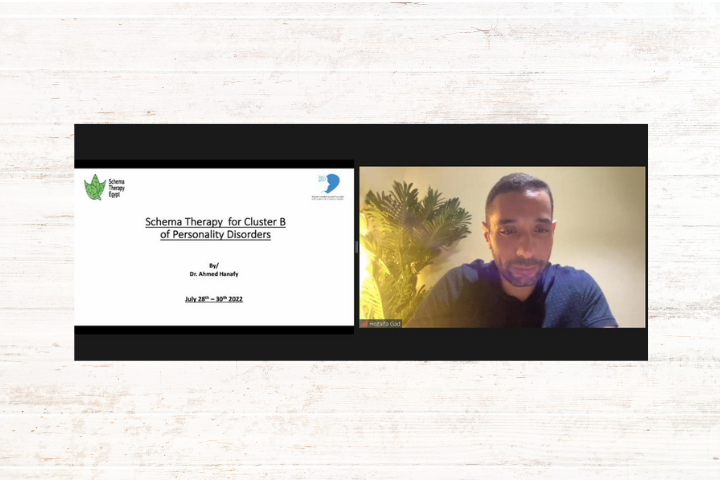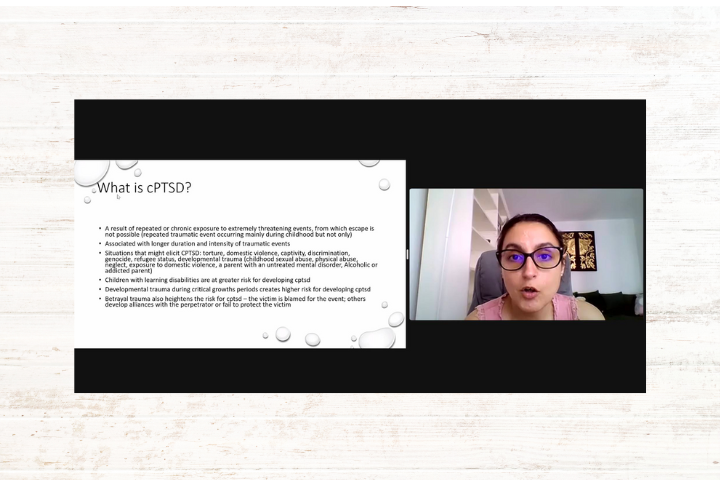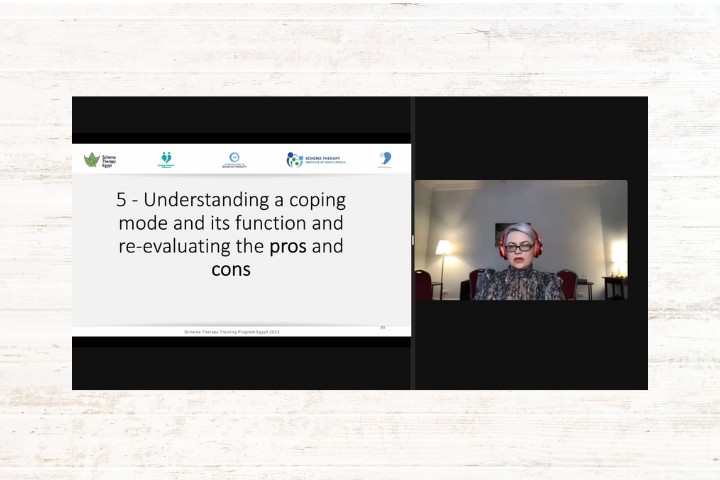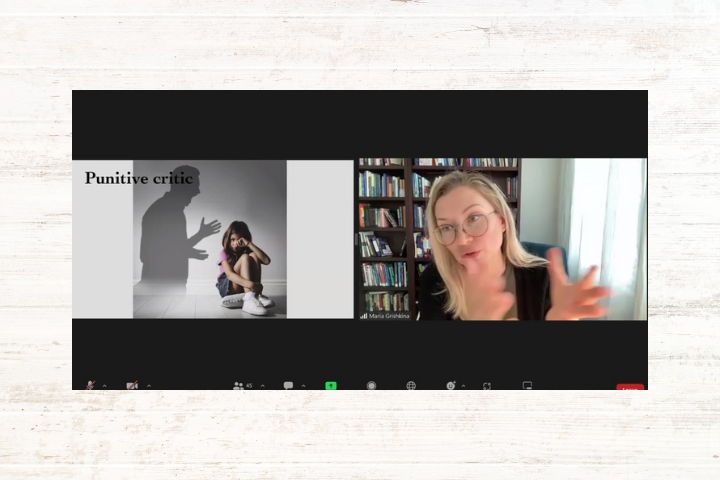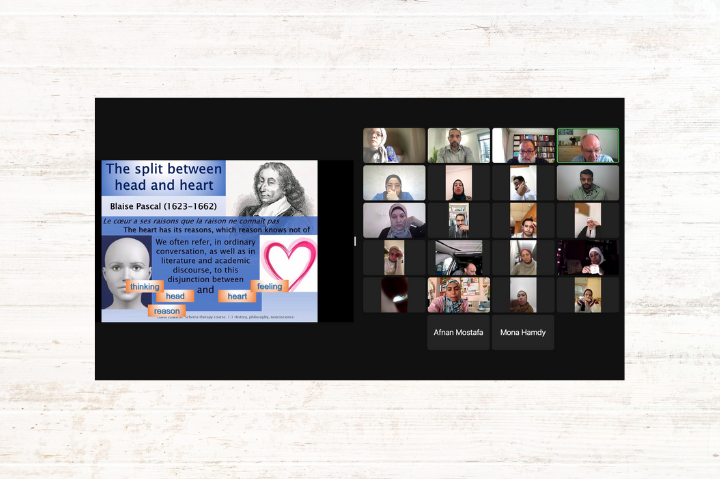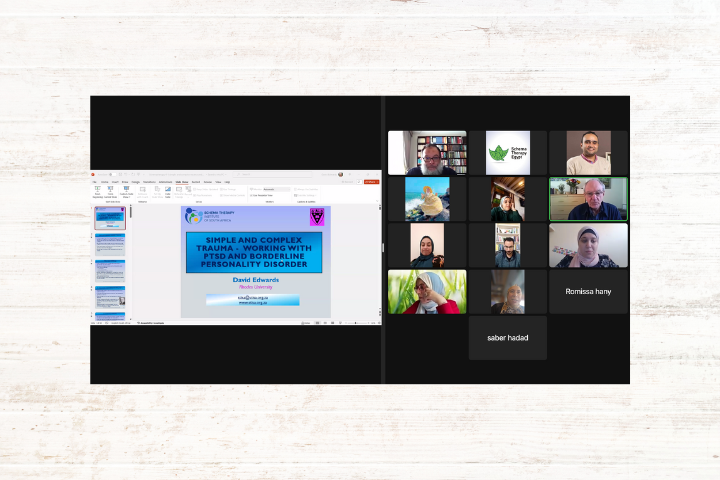Schema therapy (ST) is an integrative approach incorporating components of experiential and Gestalt treatments, attachment and object relations theories, and cognitive behavioral therapy. Since its introduction by Jeff Young in 1990, it has undergone development and improvement. One thought-to be useful method for understanding and treating personality problems is schema therapy. Jacob and Arntz (2013) and Rafaeli, Bernstein, and Young (2011) outline a few of the unique characteristics of schema therapy. Compared to conventional CBT, ST emphasizes the evolution of present symptoms more. ST places a strong emphasis on the Read more
What is Schema Therapy?
ISST
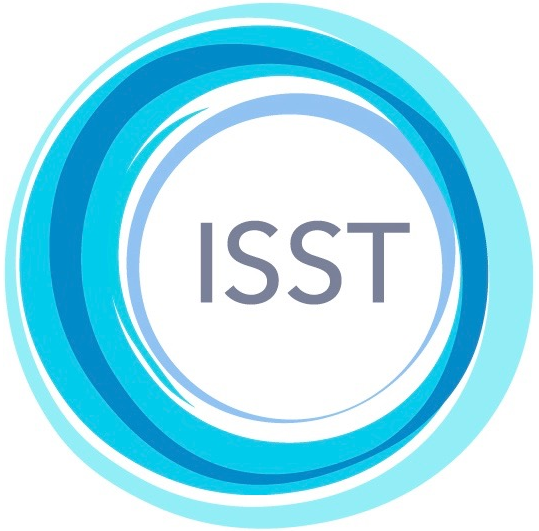
Our training programs and workshops are accredited with the international society of Schema Therapy Jeffrey Young founded the International Society of Schema Therapy (ISST) in 2008. In addition to providing standards of excellence for the practice of schema therapy, the ISST also accredits training facilities for the profession and grants accreditation as a schema therapist to practitioners who hold a license to practice in their home countries. Finally, the ISST is dedicated to promoting the principles and application of schema therapy and brings together clinicians, researchers, and educators from around the globe.
Schema Therapy Egypt
Dr. Ahmed Hanafy Mahmoud founded Schema Therapy Egypt in January 2023 with the intention of offering psychotherapy and training services in Egypt and the Arab Region at the pinnacle of excellence for the application of schema therapy principles. Our services: 1- Accredited training programs: - Basic Curriculum of Schema therapy program for individual therapy - Schema therapy program for Adolescents and Children - Schema Therapy program for Group Therapy - Schema Therapy program for Couple therapy 2- Workshops: - Schema therapy step by step - Experiential techniques in Schema therapy - Cognitive techniques in schema therapy - Schema therapy for cluster B, C personality Read more
Dr.Ahmed Hanafy
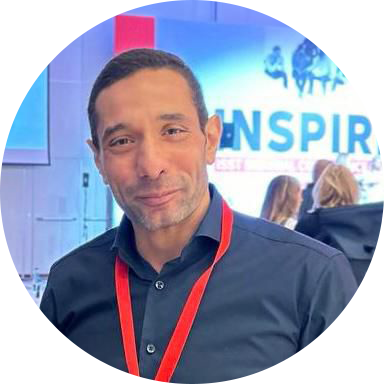
Ahmed Hanafy Mahmoud, Ph.D. Founder of Schema Therapy Egypt Founder of Egyptian Institute of Cognitive Therapies Consultant Psychologist at Maudsley Health Abu Dhabi, UAE Clinical Psychologist with 20 years of experience in adults. My main interests are in Addiction Rehabilitation, Personality Disorders, PTSD and complex trauma, Sexual Disorders and OCD. am specialist at CBT and Schema Therapy. Read more
Training Programs
Videos
Schema Therapy Egypt part 1
Schema Therapy Egypt part 2
Schema Therapy Egypt part 3
Online Workshops


